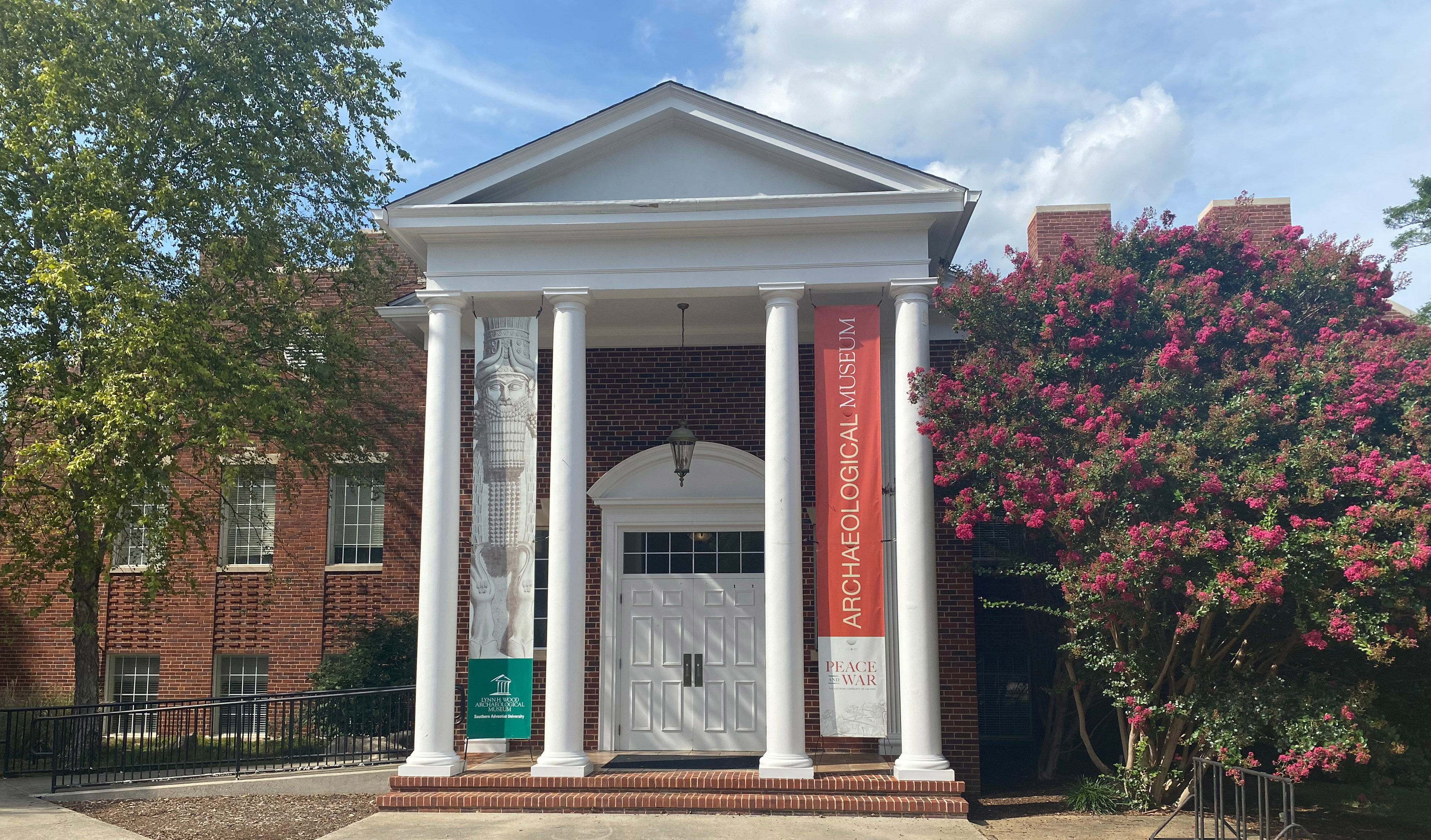
Collection
The William G. Dever Near Eastern Collection
In January 2000, the William G. Dever Near Eastern Collection was transferred to Southern
Adventist University after the largest American graduate program in Near Eastern Archaeology
was closed. Obtained in Israel in 1975 by William G. Dever, professor of Near Eastern
Archaeology and Anthropology at Arizona and chair of the Department of Oriental Studies,
the collection was legally exported to the United States for teaching purposes. The
collection consists of the following:
Ceramic Repertoire
The collection consists of 226 ceramic artifacts, including large jars, jugs, dipper
juglets, bowls, strainer jugs, pyxides, platters, stirrup jars, and lamps from Israel,
Syria, and Jordan, and imported pieces from Cyprus and Mycenae. The vessels date from
the Chalcolithic to the Roman period, with an outstanding nearly complete corpus of
Iron II wares from Judah.
Ceramic Repertoire
The collection consists of 226 ceramic artifacts, including large jars, jugs, dipper
juglets, bowls, strainer jugs, pyxides, platters, stirrup jars, and lamps from Israel,
Syria, and Jordan, and imported pieces from Cyprus and Mycenae. The vessels date from
the Chalcolithic to the Roman period, with an outstanding nearly complete corpus of
Iron II wares from Judah.
Metal Objects
The collection boasts an array of 30 bronze and copper objects from the Early and
Middle Bronze Ages, including fenestrated axeheads, spearheads, arrowheads, daggers,
and toggle pins from Syria-Palestine.
Stone Objects
Stone objects include an Iron Age basalt bowl, a mortar and pestal, and a small stone
cup from the Roman period.
Unique Artifacts
In addition to ceramic, metal, and stone material culture, several unique artifacts
are worth mentioning. A Syrian chariot molded from clay is perhaps the most valuable
piece. Other significant artifacts include an incense stand, a replica of an Asherah
cultic figurine, several loom weights, and the handle of a royal Judaean storage jar
with a royal lmlk seal impression.
The William G. Dever Sherd Collection
The William G. Dever Sherd Collection is one of the finest collections in North America
for teaching pottery typology. Having been assembled over a period of 40 years, it
consists of more than 300 sherds from the Chalcolithic to the Arab periods from Cyprus,
Greece, Israel, Syria, Anatolia, and Mesopotamia.